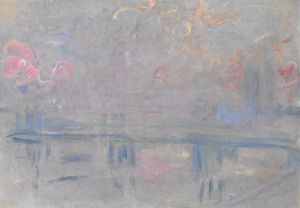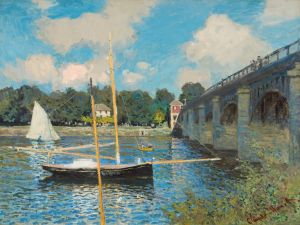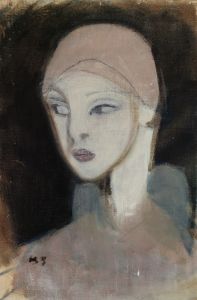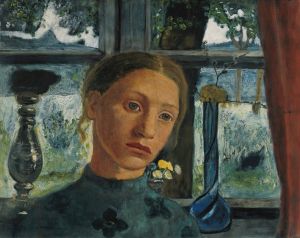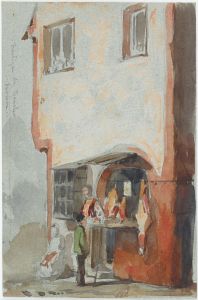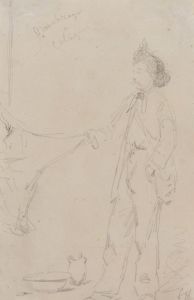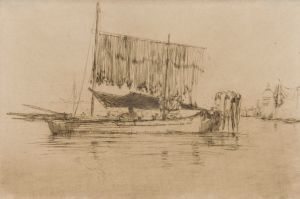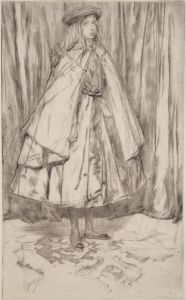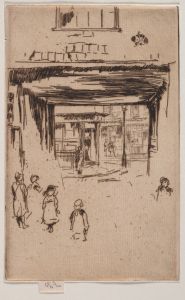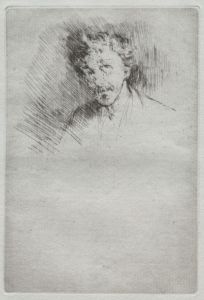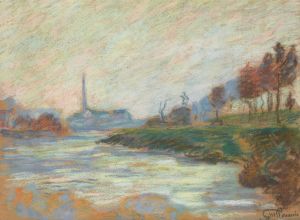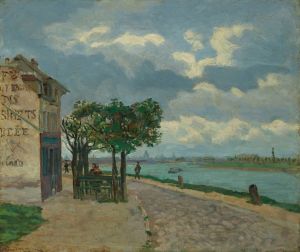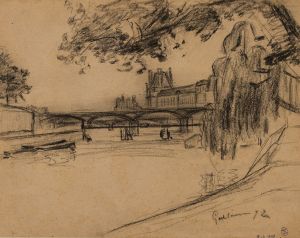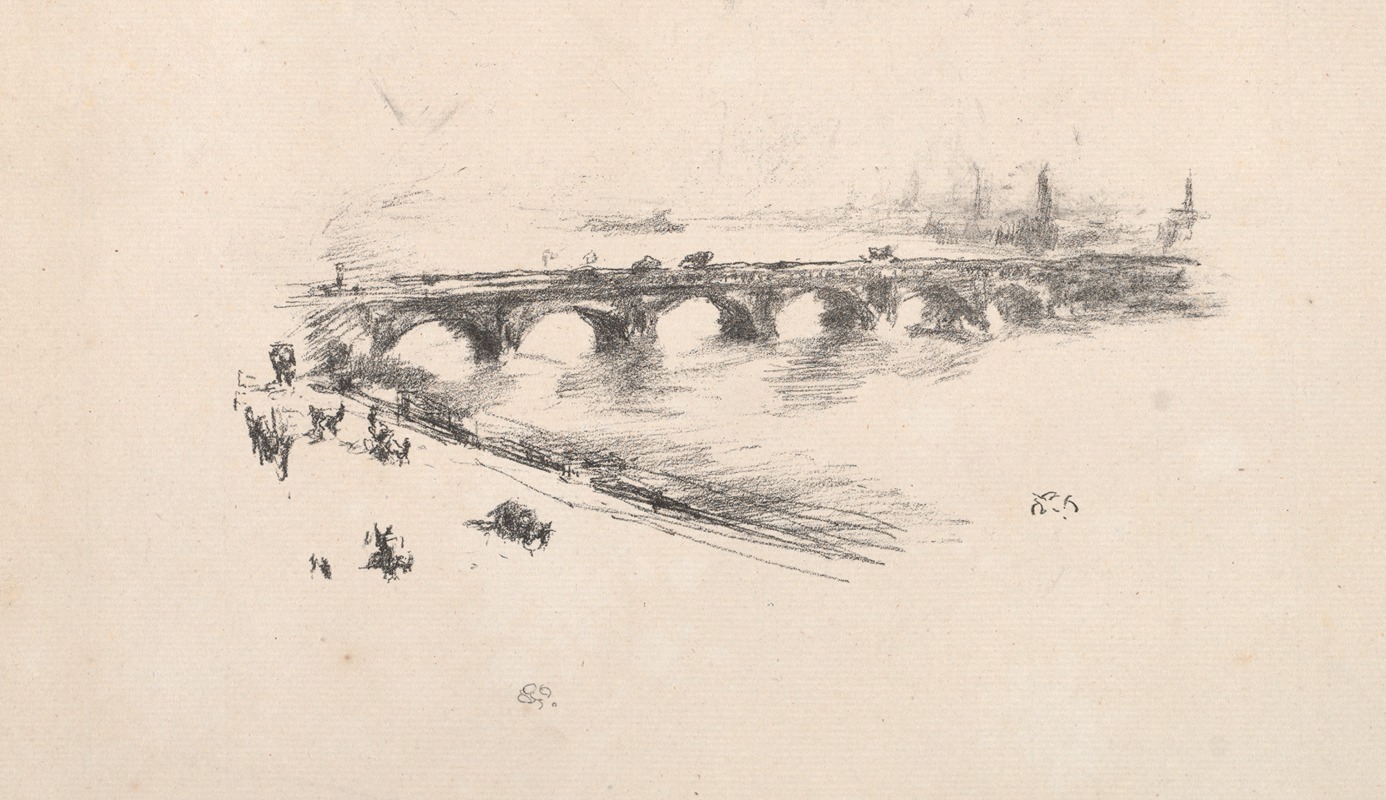
Evening, Little Waterloo Bridge
A hand-painted replica of James Abbott McNeill Whistler’s masterpiece Evening, Little Waterloo Bridge, meticulously crafted by professional artists to capture the true essence of the original. Each piece is created with museum-quality canvas and rare mineral pigments, carefully painted by experienced artists with delicate brushstrokes and rich, layered colors to perfectly recreate the texture of the original artwork. Unlike machine-printed reproductions, this hand-painted version brings the painting to life, infused with the artist’s emotions and skill in every stroke. Whether for personal collection or home decoration, it instantly elevates the artistic atmosphere of any space.
"Evening, Little Waterloo Bridge" is a painting by the American-born artist James Abbott McNeill Whistler, who is renowned for his contributions to the Aesthetic Movement and his innovative approach to art. Whistler, active during the late 19th century, is best known for his tonal harmonies and his focus on mood and atmosphere in his works, often inspired by the interplay of light and color.
This painting is part of Whistler's "Nocturne" series, a collection of works that depict scenes of urban landscapes, often at twilight or nighttime. The series is characterized by its subtle tonal variations and emphasis on creating a sense of tranquility and poetic beauty. "Evening, Little Waterloo Bridge" captures a view of the Thames River in London, with the Little Waterloo Bridge (now known as the Hungerford Bridge) as its focal point. The painting reflects Whistler's fascination with the atmospheric effects of light and mist, which were common features of London's environment during the Victorian era.
Whistler employed a limited color palette in this work, using soft blues, grays, and muted tones to evoke a dreamlike quality. The composition is deliberately abstract, with the forms of the bridge, water, and surrounding landscape rendered in a way that prioritizes mood over detail. This approach aligns with Whistler's belief that art should stand on its own as an arrangement of color and form, rather than serving as a literal representation of the subject.
The painting exemplifies Whistler's use of the term "Nocturne" to describe his works, a term he borrowed from music to emphasize the lyrical and atmospheric qualities of his art. Whistler's Nocturnes were groundbreaking at the time, as they challenged traditional notions of realism and narrative in painting. Instead, they invited viewers to experience the emotional resonance of the scene.
"Evening, Little Waterloo Bridge" was created during a period when Whistler was deeply influenced by Japanese art and design, particularly the concept of simplicity and harmony. This influence is evident in the painting's composition and the artist's focus on balance and subtlety.
The exact date of the painting's creation is not definitively documented, but it is generally associated with Whistler's mature period in the 1870s. Today, the work is recognized as an important example of Whistler's innovative approach to art and his contribution to the development of modern painting.





